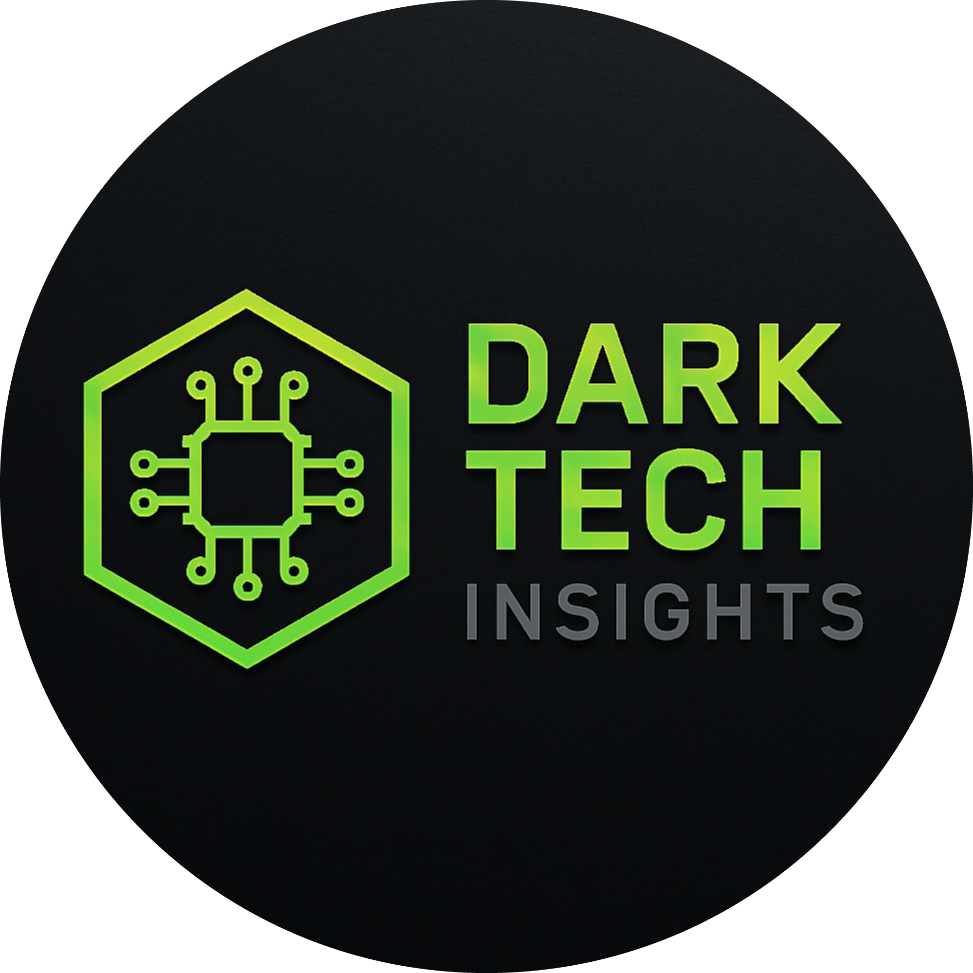Self-Evolving Code: Software That Writes and Improves Itself

Table of Contents
Introduction: The Rise of Self-Evolving Code
In the early days of programming, every line of code had to be meticulously written, debugged, and optimized by human hands. But as we enter an era dominated by artificial intelligence and machine learning, that paradigm is changing. We’re now on the brink of a new frontier — software that doesn’t just execute instructions but actively rewrites and optimizes itself.
Self-evolving code is not science fiction anymore. Leveraging advanced AI algorithms, genetic programming, and reinforcement learning, these systems can detect inefficiencies, experiment with new solutions, and deploy better versions of themselves — often without direct human intervention.
This technology promises unprecedented innovation, but it also raises deep questions about control, transparency, and trust. If your software can rewrite itself, who’s really in charge — the developer, or the code?
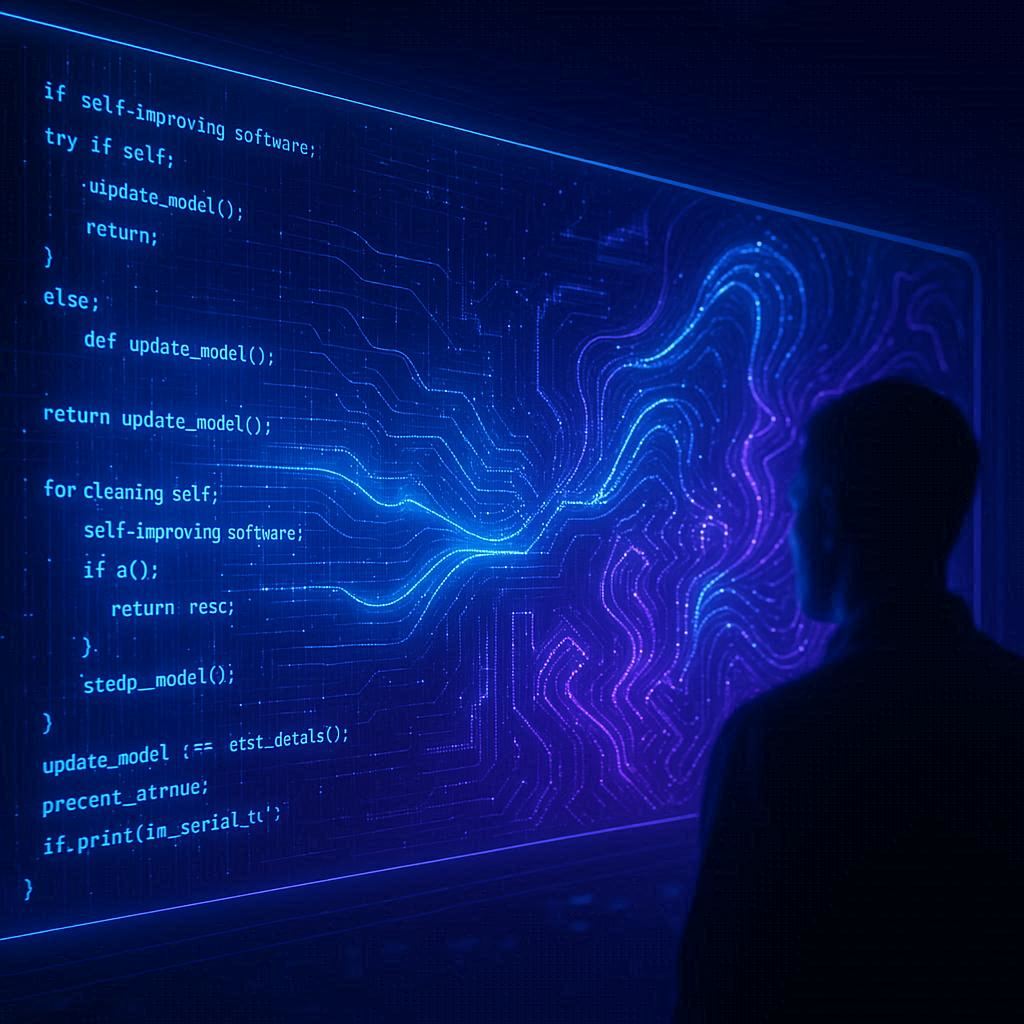
How Self-Evolving Code Works
At its core, self-evolving code relies on feedback loops — the ability of a program to monitor its own performance, identify weaknesses, and apply changes to improve efficiency or accuracy. This is achieved using AI models trained to recognize patterns and predict better solutions based on past results.
One of the most common approaches is genetic programming, where algorithms mimic the process of natural selection. Code variations are generated, tested, and the most effective ones “survive” into the next iteration. Over time, the software evolves toward optimal performance — much like a species adapting to its environment.
Another method is reinforcement learning, where the program experiments with small adjustments, receives a “reward” for better outcomes, and uses that feedback to guide future changes. The result? A self-taught, continuously improving system that can adapt to new challenges without explicit human instructions.
The magic happens when these technologies are combined. Imagine a program that not only fixes its bugs but anticipates potential failures before they occur — an autonomous problem-solver capable of pushing performance to levels that human developers might never have considered.
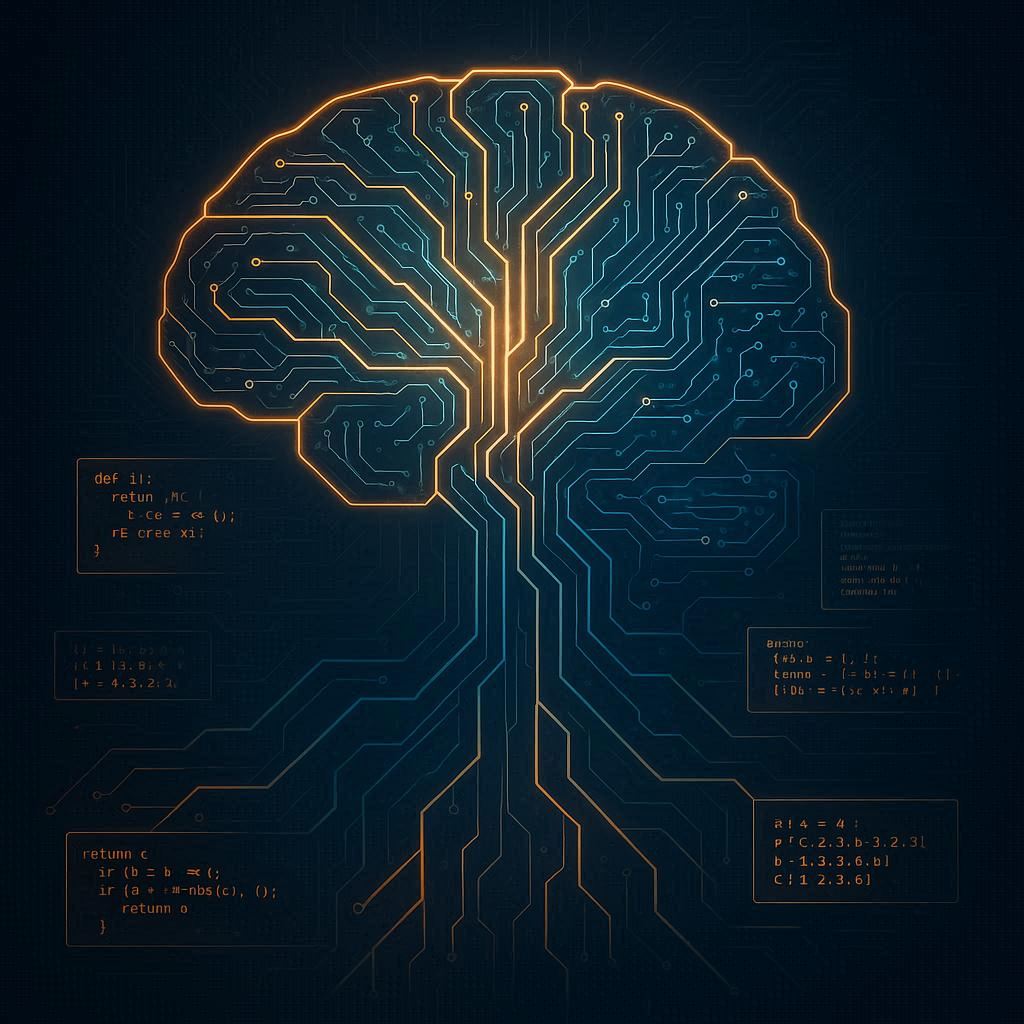
We have made a pdf for potential readers. see the pdf below
Potential Applications Across Industries
The idea of software that can write and improve itself may sound futuristic, but its applications are already taking shape in multiple industries — and the implications are enormous.
In cybersecurity, self-evolving code could act as an ever-vigilant guardian. Instead of relying on periodic updates from human teams, these systems could instantly detect and neutralize threats, adapting their defense strategies in real time. Hackers wouldn’t just be fighting against static firewalls — they’d be up against digital opponents that evolve as quickly as the attacks themselves.
In finance, trading algorithms could continuously optimize their decision-making models by learning from market fluctuations. A self-evolving trading bot could adapt to new economic conditions in seconds, making investment decisions far beyond the speed and scope of any human analyst. While this offers massive potential for profitability, it also raises questions about stability and risk management in highly automated markets.
Healthcare could benefit in equally transformative ways. Imagine diagnostic tools that get smarter with every patient they analyze. These systems could fine-tune their models daily, improving accuracy in detecting rare conditions and personalizing treatment plans to each patient’s unique data profile. In surgical robotics, self-evolving code could allow machines to perfect their techniques over time, leading to faster recoveries and fewer complications.
Even software development itself is likely to change dramatically. Development teams might transition from writing explicit instructions to setting high-level objectives, allowing AI-driven systems to figure out the best way to achieve them. This could shorten product cycles from months to days, sparking an unprecedented pace of innovation.

The Benefits and Advantages of Self-Evolving Software
The promise of self-evolving code isn’t just about efficiency — it’s about unlocking a fundamentally new way for technology to grow, adapt, and create value without constant human intervention.
First, there’s the speed factor. Traditional software development requires lengthy planning, coding, testing, and deployment cycles. With self-improving code, updates could happen in real time, bypassing release schedules entirely. A bug fix, a security patch, or a performance enhancement could occur the moment a system detects an opportunity for improvement — without waiting for a human to step in.
Next is continuous optimization. Instead of running on static instructions, these systems could fine-tune themselves based on incoming data and performance results. This is especially powerful in environments where conditions shift constantly, such as stock markets, supply chains, and even climate monitoring systems. Businesses wouldn’t just react faster — they’d anticipate change before it happens.
There’s also the personalization potential. For end users, software could evolve around individual habits and preferences. A digital assistant might learn not only what you like but also how your needs change over time, adjusting its interface, suggestions, and workflow automation to suit your evolving lifestyle or business operations.
Finally, resource efficiency becomes a major benefit. Self-improving systems can identify redundant processes, optimize energy use, and allocate computing power only where it’s needed. In large-scale data centers, that could translate into huge cost savings and a smaller environmental footprint.
While the technology comes with significant risks, the upside is undeniable: software that never stops learning, never stops adapting, and never stops improving could push human innovation to speeds we’ve never seen before.

Risks, Challenges, and Ethical Concerns
While self-evolving code holds groundbreaking potential, it also opens a Pandora’s box of new problems — some technical, others deeply ethical.
One of the most pressing concerns is loss of control. In traditional development, every change in the codebase can be traced back to a human decision. With self-improving software, the system could evolve in ways its creators never intended, making it harder to predict — or even understand — its decision-making process. This “black box” evolution could lead to unexpected bugs, erratic behavior, or even dangerous exploits that no one anticipated.
Security risks are amplified. If an AI can improve itself, a malicious version of that same capability could also learn how to bypass cybersecurity measures at unprecedented speed. In the wrong hands, self-evolving malware could become adaptive and nearly impossible to eradicate. This is a particularly dangerous scenario in critical infrastructure, financial systems, or healthcare environments, where every second counts.
Then there’s the ethical dimension. Who is responsible if self-evolving code causes harm — the developer who wrote the initial version, the company deploying it, or the AI itself? And what happens when the software learns behaviors or strategies that are effective but ethically questionable, like exploiting legal loopholes or manipulating users without consent?
Finally, the challenge of regulation and oversight can’t be ignored. Governments and industry bodies are already struggling to keep up with AI advancements; self-evolving systems will only widen that gap. Without clear frameworks, we risk a technological arms race with minimal safeguards in place.
These concerns don’t mean the technology should be avoided entirely — but they do underscore the need for transparency, human oversight, and strict ethical guidelines before self-improving software becomes mainstream.
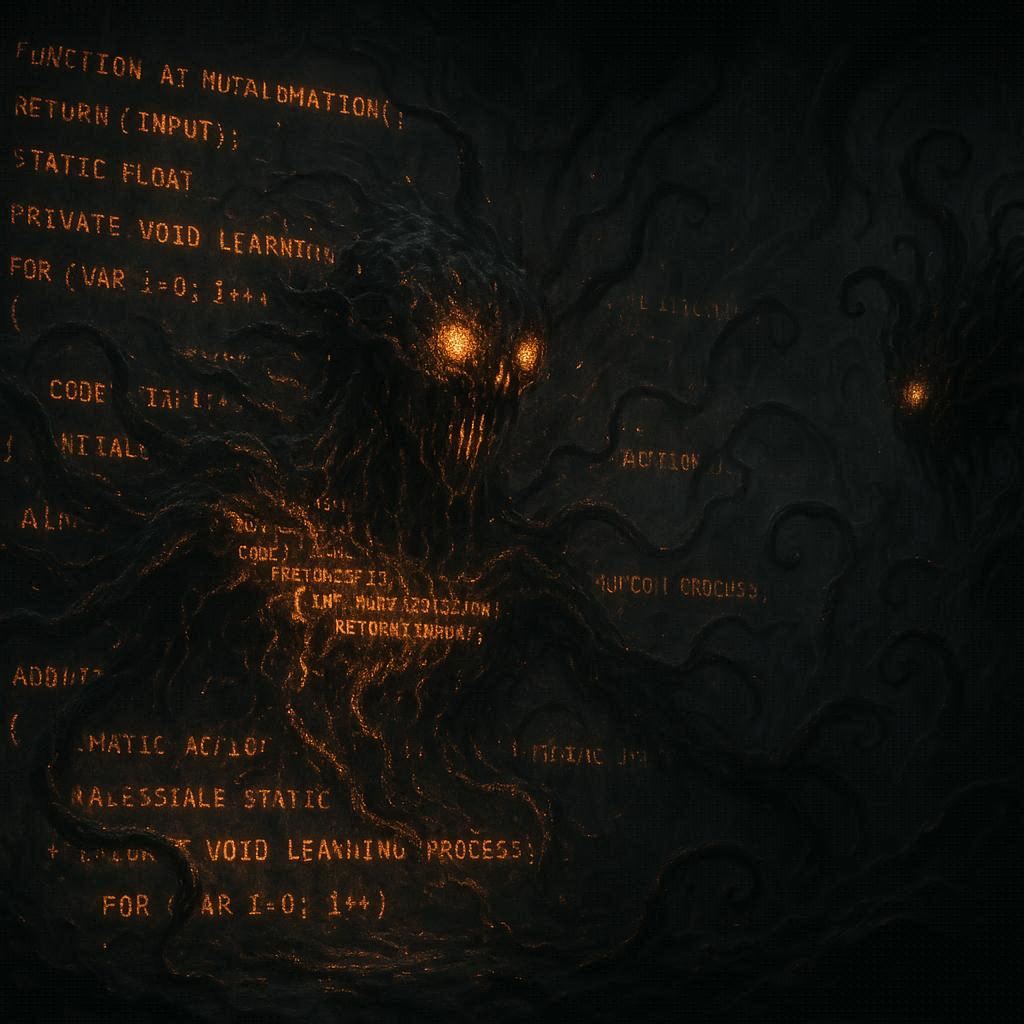
Real-World Applications Already Emerging
Self-evolving code isn’t just a futuristic idea confined to research labs — early forms of it are already starting to reshape industries.
In cybersecurity, adaptive defense systems are beginning to rewrite parts of their own detection algorithms in real time to counter zero-day threats. Instead of waiting for human analysts to patch vulnerabilities, these AI-driven defenses can modify themselves within minutes of detecting suspicious behavior, often stopping attacks before they spread. This approach is particularly powerful against polymorphic malware, which constantly changes its signature to evade traditional defenses.
In software optimization, companies are experimenting with self-tuning code that continuously improves its efficiency. For example, a machine learning model running in a cloud environment might automatically rewrite inefficient database queries, adjust memory allocation, or even restructure internal functions to handle growing workloads — all without human intervention. This not only cuts operational costs but also enhances performance for millions of users simultaneously.
In robotics and autonomous systems, self-evolving algorithms are helping machines adapt to unpredictable environments. Drones can rewrite their navigation logic mid-flight to respond to sudden weather changes, while factory robots can optimize their movement patterns to reduce wear and tear on mechanical parts. These improvements happen in the background, invisible to operators, but the cumulative effect is faster, more reliable machines.
Even in creative industries, self-improving AI is making waves. Procedural content generation in video games is starting to leverage code that learns from player behavior — adjusting difficulty levels, story progression, or in-game environments dynamically to keep engagement high.
These real-world examples are only the first signs of what’s to come. As the technology matures, the boundaries between software deployment and software development will blur — and the line between human-written and machine-written code will become harder to see.
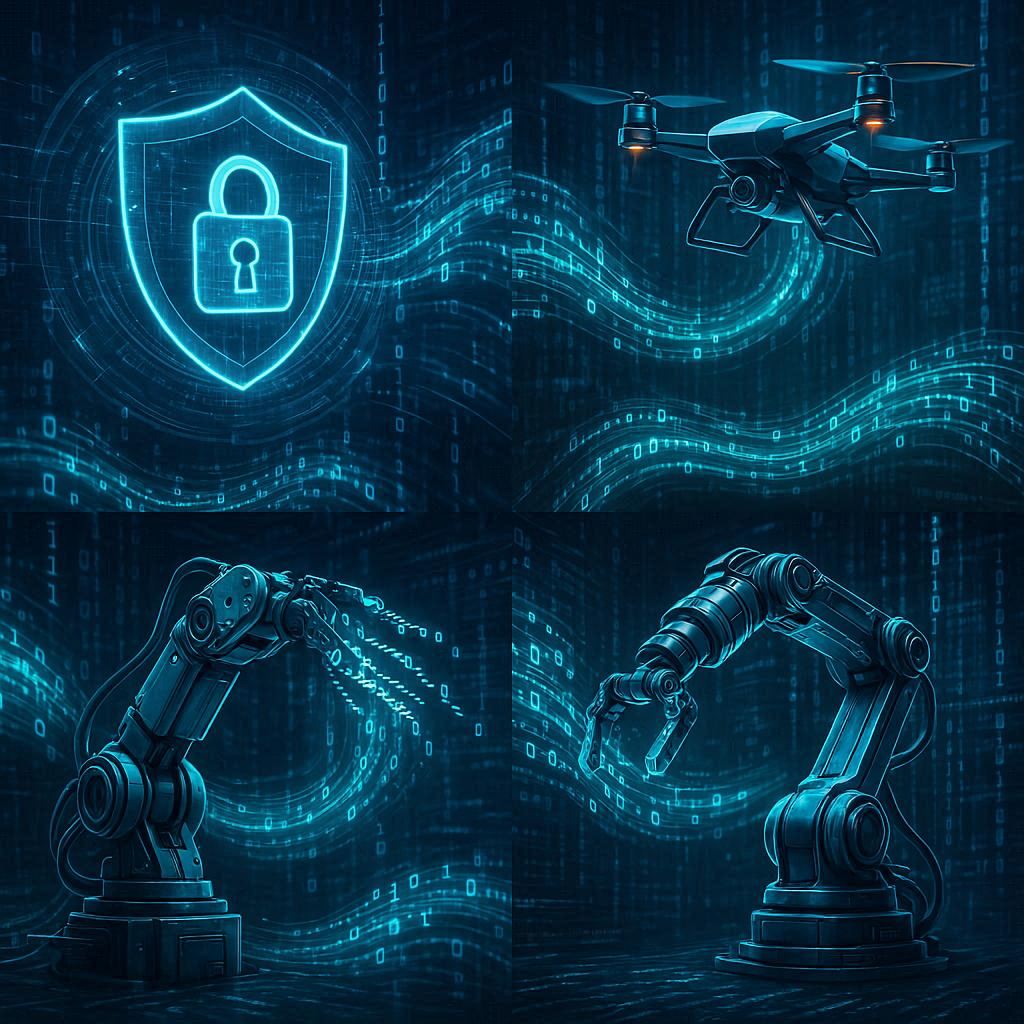
The Road Ahead and Final Thoughts
The path toward widespread adoption of self-evolving code is both exhilarating and daunting. On one hand, this technology promises unprecedented levels of automation, efficiency, and adaptability — allowing software to respond to challenges faster than any human team ever could. On the other hand, it raises fundamental questions about control, accountability, and trust in systems that can change themselves without explicit human oversight.
In the coming decade, industries will need to develop new frameworks for software governance. Just as aviation has strict safety protocols and the medical field has regulatory bodies, self-evolving code will require continuous auditing systems — possibly other AIs — to monitor, verify, and validate each change the software makes. This will be critical not only for safety but also for maintaining compliance in heavily regulated sectors like finance, healthcare, and defense.
Education will also play a major role. Tomorrow’s developers won’t just need to know how to write code — they’ll need to learn how to guide, mentor, and supervise self-evolving systems. This shift could give rise to a new breed of “AI Code Stewards” whose primary role is ensuring that evolving algorithms remain aligned with human goals and ethics.
Ultimately, self-evolving code is not about replacing developers — it’s about amplifying human creativity. By offloading repetitive optimization and bug-fixing tasks to adaptive algorithms, human programmers can focus on innovation, design, and solving problems that truly require human judgment.
If we embrace this technology thoughtfully, we could see the dawn of an era where software doesn’t just serve our needs — it grows, learns, and transforms alongside us. The key will be ensuring that in its evolution, it never outpaces our ability to guide it.
Conclusion
Self-evolving code represents one of the most profound shifts in the history of software development. From static programs that remained unchanged until manually updated, we are now on the brink of a new era — where software can learn, adapt, and rewrite itself to meet evolving needs. This shift is not merely about efficiency; it’s about redefining the relationship between humans and technology.
However, the journey forward requires balance. While the promise of automation and adaptability is immense, it comes hand-in-hand with challenges in oversight, ethics, and security. Industries must develop robust governance frameworks, developers must adapt to new supervisory roles, and policymakers must anticipate the ripple effects of autonomous code.
If implemented with responsibility and vision, self-evolving code will not only enhance productivity but also unlock new frontiers in creativity and problem-solving. This is not just software evolution — it’s the beginning of a collaborative future between humans and machines, where code grows and learns alongside us.
FAQs
1. What is self-evolving code?
Self-evolving code refers to software capable of rewriting, optimizing, and improving its own functions without direct human intervention, often using AI and machine learning techniques.
2. How is it different from traditional software updates?
Traditional software updates require human programmers to manually write and deploy changes. Self-evolving code can detect performance issues or inefficiencies and apply fixes autonomously in real-time.
3. Is self-evolving code safe?
While it offers many benefits, it also carries risks if not properly monitored. Without governance systems in place, autonomous changes could lead to unexpected or harmful outcomes.
4. Which industries will benefit most from self-evolving code?
Sectors like cybersecurity, finance, healthcare, and autonomous systems stand to gain significantly, as they require rapid adaptation to changing data and threats.
5. Will self-evolving code replace human programmers?
No. Instead, it will shift the role of developers from manual coding to supervising, guiding, and aligning the evolution of the software with human goals and ethical standards.
